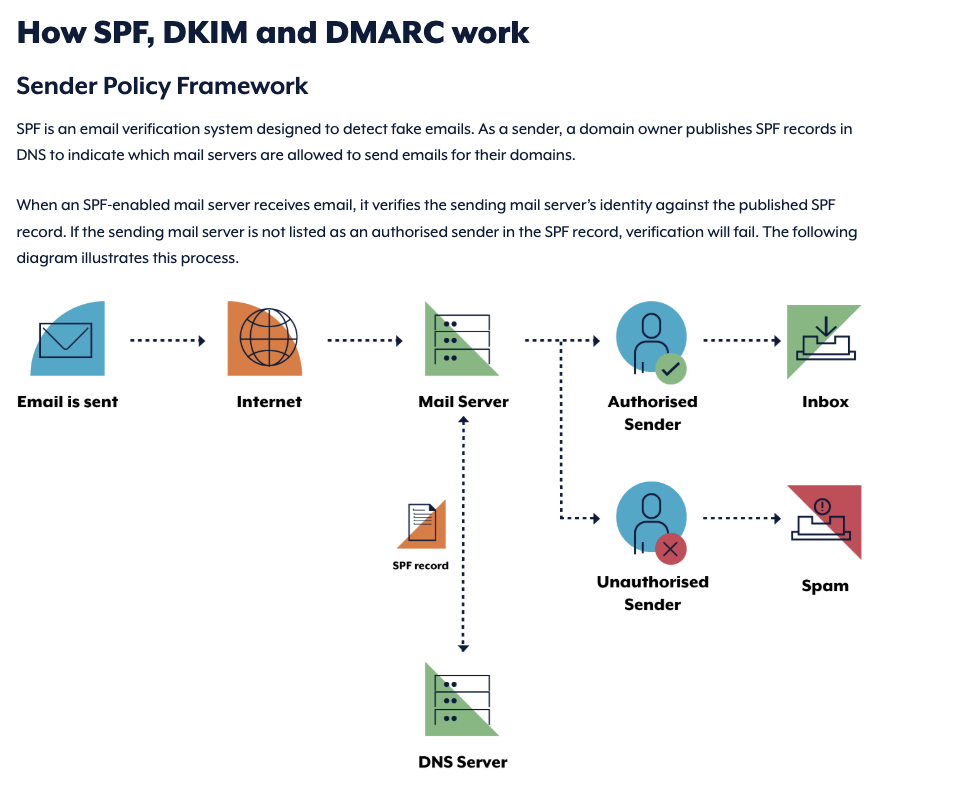
Certified Documents in Healthcare: Why Trust, Accuracy & Security Matter
Posted 21st May 25
Updated 6 months ago
What Is a Certified Document?
A certified document is a copy of an original document that has been verified as a true and accurate representation by an authorised person. These persons include legal professionals, justices of the peace, and certain government officials. The certified copy carries a signature, stamp, or written confirmation that the copy matches the original, ensuring its authenticity.
Why Are Certified Documents Necessary?
Certified documents play a critical role in identity verification and security. Institutions—whether educational, financial, or governmental—require these documents to:
- Confirm an individual's identity and legal status
- Facilitate applications for visas, employment, education, and banking
- Prevent identity theft and fraud
They serve as a layer of trust between the individual and the institution, verifying that submitted documentation is legitimate and untampered.
The Document Categories You Need
Based on the identity verification framework in Australia, you typically need:
- One Commencement Document: Confirms your entry or birth identity. Examples include:
- Full Australian Birth Certificate
- Current Australian passport
- Australian Visa (current)
- ImmiCard
- Certificate of Identity (Foreign Affairs and Trade)
- Document of Identity (Foreign Affairs and Trade)
- Certificate of evidence of resident status
- One Primary Use in the Community Document: Shows current and consistent use of the identity. Examples include:
- Current Australian driver's licence
- Australian marriage certificate
- Current foreign passport with visa
- Photo ID from an Australian Government agency
- Firearms/shooters licence
- Student ID with a photo and signature
- Two Secondary Use in the Community Documents: Supports and backs up your claimed identity. Examples include:
- Medicare card
- Enrolment with the Australian Electoral Commission
- Security Guard or Crowd Control photo licence
- Centrelink or Veterans’ Affairs benefit card
- Police or Defence Force issued ID
- Photo ID card from a state or territory government
- Aviation or Maritime Security Identification Card
- Tertiary Education Transcript
- Financial institution statement
- Rates notice
Who Can Certify a Document?
Certified copies must be verified by a person authorised to do so. These include:
- Legal practitioners
- Justices of the Peace (JPs)
- Police officers
- Pharmacists
- Medical doctors
- Teachers employed on a full-time basis at a school or tertiary institution
- Public Notaries
- Bank officers with 5 or more years of continuous service
- Commissioners for Declarations
- Australian consular or diplomatic officers (when overseas)
Under Section 39 of the Oaths and Affirmations Act 2018, the list of authorised certifiers also includes:
- Architects, Chiropractors, Conveyancers, Dentists, Financial advisers/planners
- Migration agents, Midwives, Nurses, Occupational therapists, Optometrists
- Patent attorneys, Pharmacists, Physiotherapists, Psychologists, Veterinary surgeons
- Engineers (meeting specific professional or registration criteria)
- Accountants (members of CPA Australia, Chartered Accountants ANZ, etc.)
- Australian Public Service and Commonwealth employees with 5+ years of service
- Judges, Magistrates, Bailiffs, Clerks of Court, Court registrars
- Members of Parliament, Councillors, School Principals, ADF officers or warrant officers
- Registered ministers of religion, Notaries public
- Senior officers in local, state, or federal government bodies
What Is The Process Of Getting a Document Certified?
To ensure a document is properly certified, it is essential to visit the certifier in person. You must bring:
- The original document
- A copy of the original
The certifier will:
- Examine the original to confirm it is authentic and not a copy or forgery
- Examine the copy to verify it is identical to the original, even if the size or colour differs, as long as no material information is lost
What Must Be Written On The Certified Copy?
When certifying a photocopy of a document, the authorised person must include the following statement and details:
- "Certified to be a true copy of the original seen by me."
Additionally, the certifier must provide:
- The date of certification
- Their full name
- Signature
- Qualification or designation (e.g., Lawyer, Nurse, Police Officer, Doctor)
- Contact details or official address (especially if a stamp is not used)
If a Doctor, for example, is certifying the document, it is good practice to include their AHPRA registration number to allow for verification.
What Is The Document Has Multiple Pages?
If the document is multiple pages, each page must be numbered and signed or initialled. This process ensures the certified copy is legally valid and trustworthy.
How To Use Certified Documents Securely
To protect your identity, follow these best practices:
- Always Use Physical Copies When Possible: Submitting documents in person minimises the risk of interception.
- Use Secure File-Sharing Methods: If digital sharing is necessary, use encrypted platforms or secure portals like Medlo.
- Limit Distribution: Only send certified documents to verified and legitimate organisations who take Australian Privacy Principles Seriously.
- Store Securely: Keep both physical and digital certified copies in a secure, access-controlled location.
Why We Don’t Like Emailing Certified Documents
Emailing certified documents is risky for several reasons:
- Lack of Encryption: Standard personal email services do not always encrypt documents end-to-end. Business email sometimes do, at Medlo we take cybersecurity seriously and always do. You can find out more here at the Australian Signals Directorate about how we protect ourselves from Social Engineering.
- Phishing Risks: It’s easy for hackers to intercept or trick users into sending documents to fraudulent addresses.
- Data Breaches: Email servers may be vulnerable to hacks or leaks, risking identity theft.
Instead, opt for secure document upload portals or physical submissions.

Image from the Australian Signals Directorate on how to combat fake emails as a business
Final Thoughts
At Medlo, we understand that certified documents are far more than bureaucratic requirements—they are foundational to establishing identity, trust, and security.
Whether you're accessing healthcare, managing compliance, or sharing sensitive personal records, the way documents are handled speaks volumes about integrity and professionalism.
That's why we emphasise the importance of proper certification, secure handling, and working only with trusted, verified channels.
When certified documents are managed with diligence, they become a cornerstone of confidence for everyone involved.

